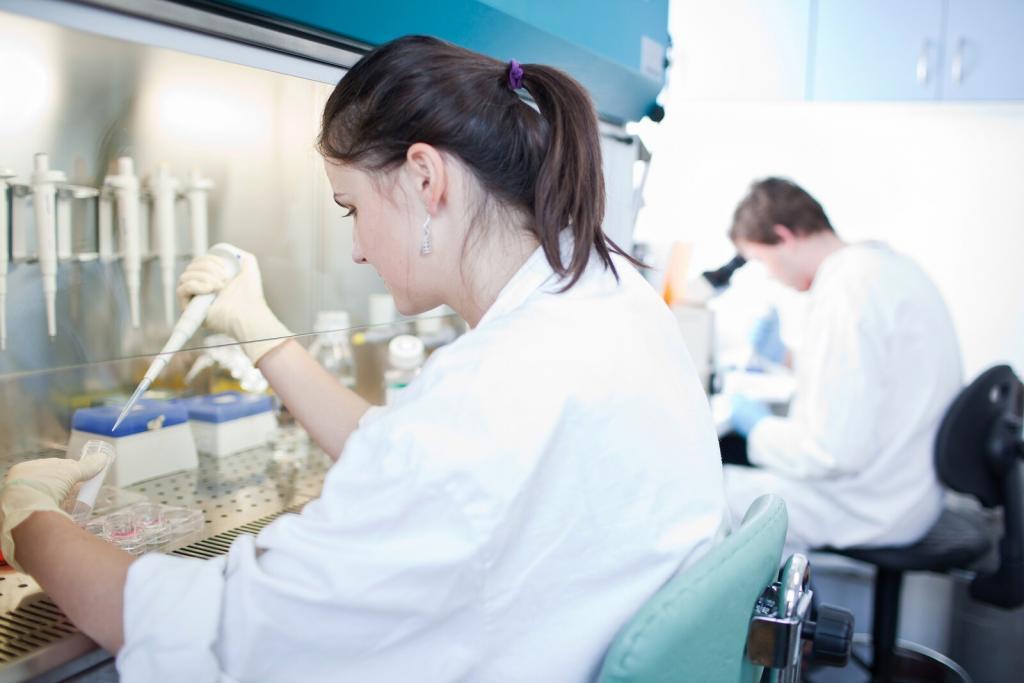Whether you are setting up a new Biobank or reapplying for further funding, you need to demonstrate to the funding bodies that their money will be put to best use and be used efficiently. You need to ensure that you tick all of the right boxes and, if it is a reapplication, the criteria might have changed since the initial funding award. There are some key considerations when applying for Biobank funding that can help you move one step closer to obtaining your funding.
1: Maximise your visibility
Biobanks hold biological samples to be used in research. Therefore, researchers need to be aware of your samples so they can request them and use them in their research. Samples that sit in freezers are not fulfilling the wishes of the generous donors. You can only achieve this if your samples are requested, issued and then used. As a Biobank you want to ensure that the greatest number of researchers are aware of your biological sample holdings. A good way to maximise visibility is to register your Biobank with a directory such as the UK Clinical Research Collaboration (UKCRC) This will help put you in touch with researchers looking for the types of samples you have.

2: Adhere to standards
As well as mandatory legal compliances such as the Human Tissue Act (HTA), MHRA and GDPR, there are other industry-specific bodies that offer accreditations and best practice guides. Complying with some of these will increase your reputation. In addition, this will increase your professionalism and bring further benefits through implementing optimised processes. Funding bodies like to support projects and institutes that follow best practice.
3: Identify the benefits
Funders are always looking for the biggest “bang for their buck”. They want to make a real difference. In order to do this, you should clearly outline the benefits you offer through your Biobank. In addition, you should include all the benefits from the research being carried out with your samples. Your Biobank is playing an important part in the results generated from your biological samples.
4: Make it clear why you are different
Your Biobank is probably not unique, some other Biobank probably holds very similar samples to yours. Make it clear what is special about yours. If you are capturing good quality data linked to those samples then that is brilliant. This greatly increases the value of your biological samples, both in terms of research and financial value. If you have good data, then highlight that in your funding application. Alternatively, your Biobank’s selling point might be that there are no other Biobanks in the geographical region or within the same clinical specialism. Further, you may already have existing research collaborations with reputable institutes that can help boost your standing. Whatever you think makes you different should be highlighted. You want to be awarded that funding, not for it be given to another Biobank and therefore you need to work on your positives!
5: Have a plan
You should make it clear that you know exactly how the funding is to be used. Your application value should not just be “plucked out of the air” but should be the result of carefully created costings based on a usage plan. Your application should be detailed so that the funder can see that the money is going to be used efficiently.
Knowing how your Biobank is to operate in its market segment is very important. Although you are probably not going to run your Biobank for profit (unless you are applying just for seed money) you still need to be clear about cost recovery and ongoing funding plans. Funders want to be confident there will be long-term benefits derived from their grant.
In summary
Research finances are becoming more limited and funding bodies are looking for greater clarity in applications in terms of benefits, efficiencies, fiscal controls and maximised usage. Be clear about these points and bear in mind these 5 key considerations for Biobank funding when applying. These can help maximise your appeal to funding bodies with, hopefully, material benefits to your Biobank.
Want to discuss your requirements with our team?
Come along and meet our team at one of the forthcoming events that we are attending.
If you need some help contact us or give our team a call to discuss your requirements.

Comments are closed.